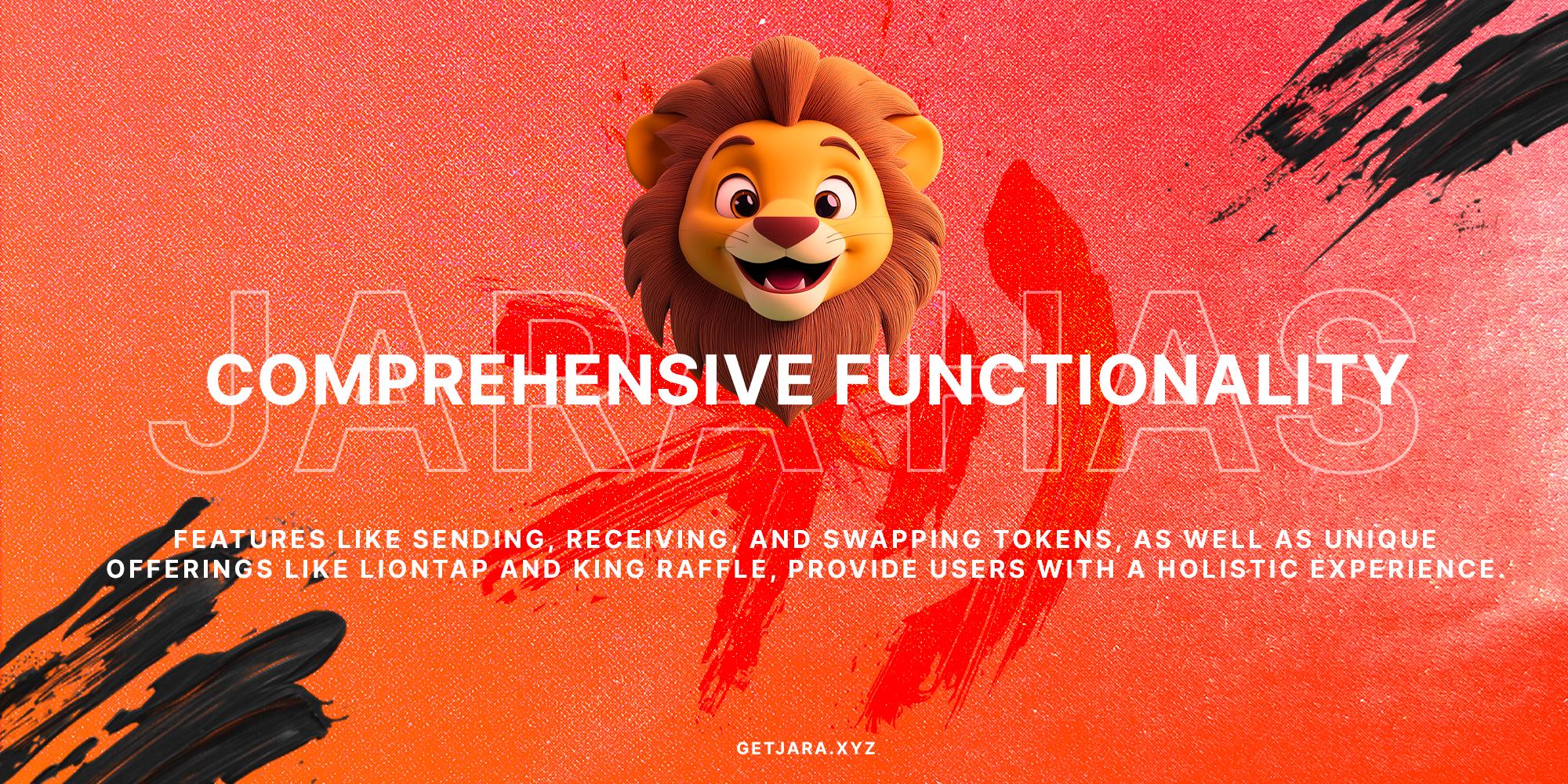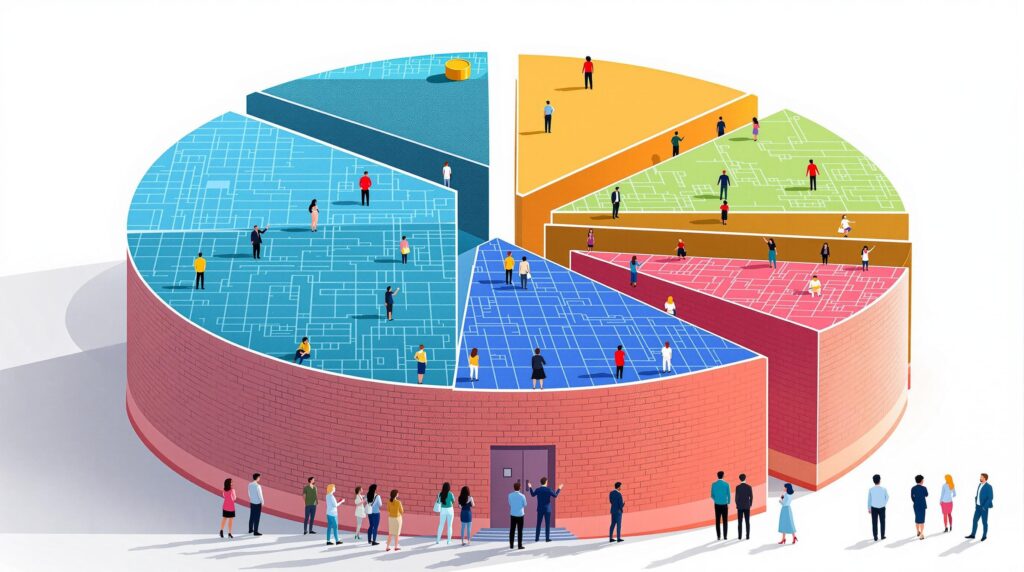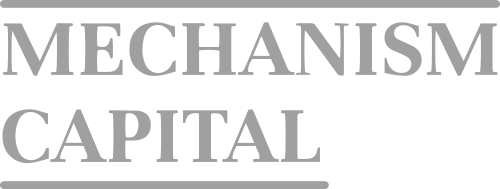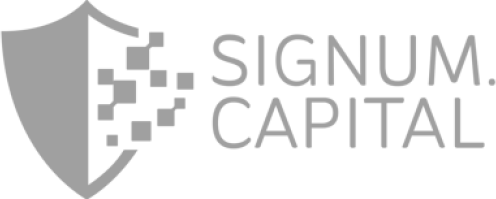Understanding Tokenization of Real-World Assets (RWA)
Imagine owning a piece of art, real estate, or even infrastructure projects like the Lagos airport without ever having to leave the comfort of your home. This is the power of tokenization, and it’s not just a futuristic concept—it’s happening now. By transforming traditional physical assets into digital tokens on a blockchain, tokenization opens up exciting pathways for asset management, making them more efficient, transparent, and globally accessible.
What is asset tokenization? Asset tokenization is the process of converting rights to a physical asset into a digital token on a blockchain, allowing for more efficient management, trading, and democratized access.
Tokenization isn’t just about technology; it’s about democratizing asset ownership. Traditionally, owning a portion of high-value assets like real estate required substantial capital, often placing these investments out of reach for many. However, with tokenization, assets can be divided into smaller units, enabling fractional ownership. This broadens investment opportunities, allowing even individuals with limited capital to participate in lucrative markets.
Jara’s revolutionary approach bridges the gap between global capital and African assets, creating equal opportunities for investment in Africa’s thriving markets.
How Does Tokenization Work?
The process of tokenizing real-world assets involves creating a digital token that represents ownership of a particular asset. This token is then recorded on a blockchain, serving as a secure, immutable proof of ownership. This technology ensures that every transaction involving the asset is logged in a highly transparent and unalterable manner.
- Key Concept: Blockchain technology ensures transparency and security in asset transactions.
- Key Concept: Fractional ownership through tokenization allows smaller investors to participate in large investment projects.
For regions like Africa, this means a tremendous shift. Africa hosts a wealth of untapped resources, and tokenization provides a unique medium to access these opportunities. This aligns with the continent’s rapid digital transformation, opening doors for more inclusive financial participation and significantly impacting local economies.
By eliminating geographical and financial barriers, tokenization facilitates greater inclusion in the global economy.
Examples of Tokenized Assets
Tokenization isn’t limited to any specific asset class. Virtually anything with value can be tokenized, from tangible assets like real estate and commodities to intangible assets such as intellectual property.
- Real Estate: Property tokenization allows investors to buy virtual “shares” of real estate, enhancing liquidity and access.
- Commodities: Physical goods like gold or oil can be turned into digital tokens, making them more accessible to investors worldwide.
The Role of Jara in Asset Tokenization
At the forefront of this digital revolution is Jara, a platform that’s turning the spotlight on Africa’s economic potential. By leveraging its proprietary blockchain infrastructure, Jara is not only making digital asset management a reality but also pioneering the way African assets are positioned globally. Their approach encompasses NFTs, smart contracts, and AI tech to make trading as smooth and secure as possible.
With the $JARA token, investors gain not only an investment vehicle but an integral role in governing the future of this budding ecosystem. Participating in Jara’s community means being part of a movement that empowers African markets by bridging digital and traditional finance.
By holding and utilizing $JARA, investors gain access to a thriving ecosystem, participate in governance, earn rewards, and benefit from the growth of the platform.
Economic Impact of RWA Tokenization
Tokenization helps streamline processes across the board. It reduces the need for cumbersome paperwork and lengthy legal processes typically associated with buying and selling physical assets. Moreover, smart contracts—a digital contract stored on the blockchain—automate verification and execution, reducing the chances of human error and increasing transaction speed.
- Efficiency: Automating processes via smart contracts means reduced administrative burdens and faster transactions.
- Cost Savings: Removing intermediaries often needed in traditional transactions saves cost on fees, making investments cheaper for the end-users.
- Enhanced Security: The decentralized nature of blockchains prevents unauthorized changes to transactions, ensuring asset security.
The integration of tokenization in regions such as Africa propels economic empowerment by allowing access to markets that were previously closed. This transformation doesn’t just enrich portfolios but elevates local economies, offering a glimpse into a future where wealth is more evenly distributed.
“Jara – Unlocking the Future of Africa’s Crypto Ecosystem” with innovative tokenization strategies that offer global investors a piece of the continent’s growth story.
- Regulatory Considerations: Compliance remains key, with Jara leading in navigating Africa’s regulatory environments.
- Fraud Prevention: Blockchain’s transparency significantly curtails fraudulent activity.
As Jara continues to grow, it not only fosters financial inclusion but also strengthens the bridge between traditional economic systems and cutting-edge digital finance, showcasing a truly global financial revolution.
Understanding Real-World Asset (RWA) Tokenization
Real-World Asset (RWA) tokenization is an innovative process that transforms physical or traditional assets into digital tokens on a blockchain. This transformation not only enhances asset management but also makes these assets accessible and tradable on a global scale. But why has RWA tokenization gained so much attention, particularly in regions like Africa? Let’s dive into what this revolutionary process means for investors.
Key Benefits of RWA Tokenization
- Increased Liquidity: RWA tokenization allows assets to be easily divisible and tradable, attracting a broader pool of investors.
- Enhanced Transparency: Blockchain provides a transparent and immutable ledger, making every transaction secure and verifiable.
- Cost Efficiency: By eliminating the need for intermediaries, tokenization reduces transaction costs and administrative overhead.
- Decentralization: Asset ownership is spread among a wide range of investors, reducing reliance on centralized authorities.
- Global Accessibility: Digital tokens can be bought and sold worldwide, breaking geographical and regulatory barriers.
“Your Voice, Our Mission” – we champion your rights with the tenacity and dedication that has earned us the trust of our community members.
The Process of Tokenizing Real-World Assets
- Selecting the Asset: The first step involves selecting a physical or traditional asset based on market demand and feasibility.
- Choosing the Token Type: Decide whether to use fungible tokens (like currency) or non-fungible tokens (unique items).
- Blockchain Integration: Select a suitable blockchain platform to mint and manage the tokens.
- Issuing Tokens: Deploy smart contracts to automate processes and mint the digital tokens.
- Syncing Off-Chain Data: Use secure services to ensure real-world data verification and integration.
RWA Tokenization on a Global Scale
Tokenization is revolutionizing markets globally. In Africa, for instance, it provides a gateway to global capital while offering benefits to local stakeholders. Imagine owning a piece of infrastructure like the Lagos airport through digital tokens. Such opportunities, previously restricted by capital demands and regulations, become accessible with RWA tokenization.
| Benefits | Description |
|---|---|
| Liquidity | Assets become easily tradable on blockchain platforms. |
| Transparency | Ensures a traceable and secure transaction history. |
| Cost Efficiency | Reduces administrative and intermediary costs. |
| Decentralization | Empowers a democratic distribution of asset ownership. |
| Innovation | Leads to new financial instruments like smart contracts. |
Why Tokenization is Becoming a Trend
Tokenization supports financial inclusion and democratizes investment opportunities. As assets become fractionalized, investors with limited capital can participate in lucrative markets. In essence, it’s creating a more inclusive and fair financial ecosystem for all.
“Jara – Bridging Global Capital to African Assets.” By utilizing the $Jara token, investors not only participate in governance and earn rewards but also contribute to Africa’s economic empowerment.
Examples of Tokenization in Practice
- Real Estate: Tokenizing properties enables fractional ownership and easier trading.
- Art and Collectibles: Offers buyers fractional ownership of high-value art pieces.
- Infrastructure Projects: Promotes investment in large-scale projects by easing the capital requirements.
Challenges and Considerations
Despite the benefits, tokenizing RWAs isn’t without its challenges. Regulatory compliance varies across jurisdictions, posing significant concerns. Additionally, digital asset security must be robust to prevent fraud and hacking, necessitating secure custody solutions and adherence to legal frameworks.
Future of Real-World Asset Tokenization
The future looks promising as blockchain technology continues to evolve. RWAs are poised to reshape how we manage and trade assets, offering greater liquidity, accessibility, and security. As these systems develop, expect more innovative financial instruments and opportunities to arise.
“Jara is paving the path towards Africa’s decentralized financial future through the power of $JARA tokens, promoting equitable wealth distribution and financial empowerment.”
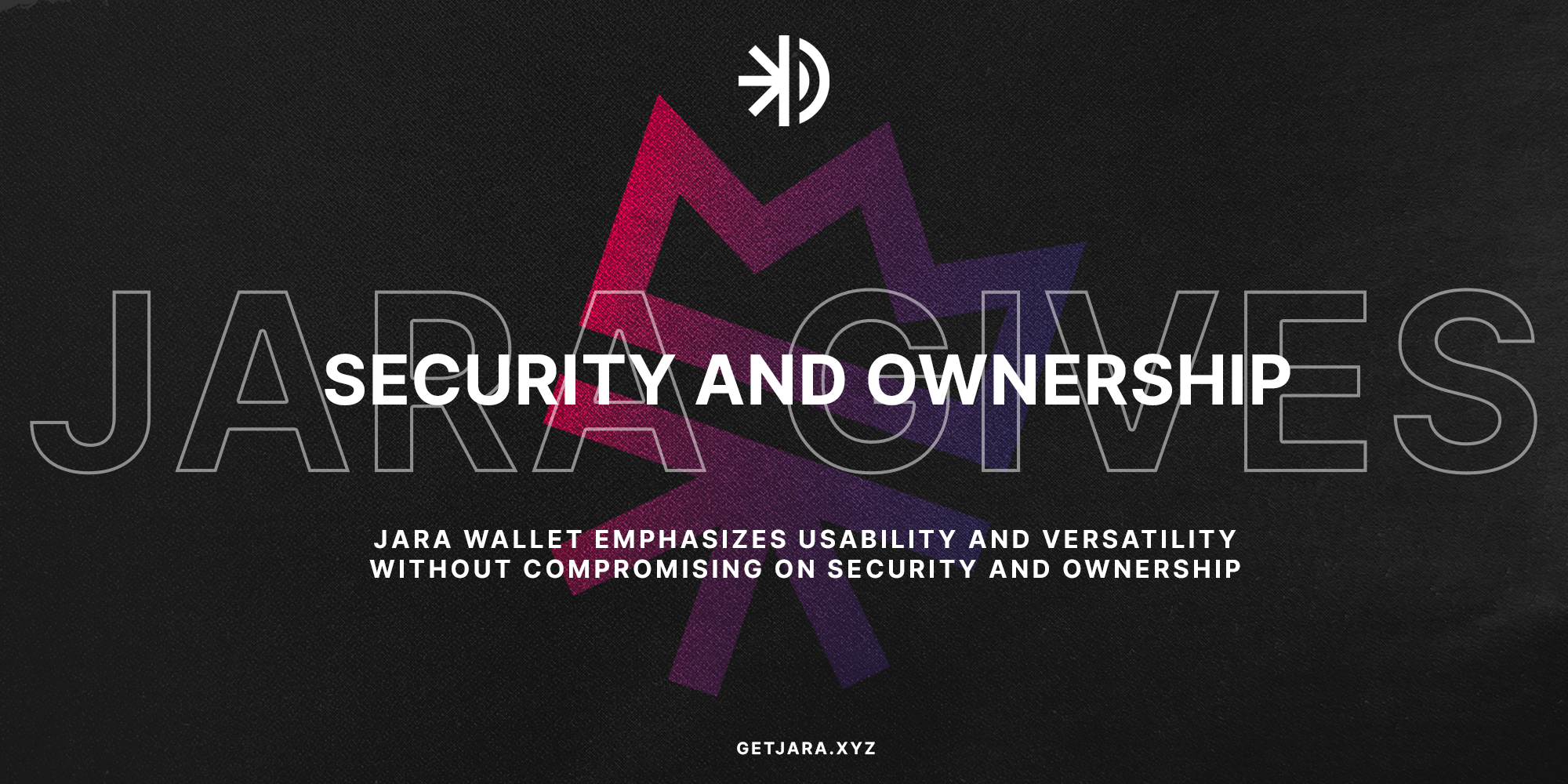
Tokenizing Real-World Assets: A Step Into the Future
Tokenizing real-world assets (RWAs) is not just a fleeting trend; it’s a transformative process that is reshaping the financial landscape by bridging traditional investment vehicles with cutting-edge blockchain technology. This innovation facilitates entry into lucrative markets by turning physical assets into digital tokens, making them more accessible and tradable.
How Does Tokenization Work?
Tokenization involves creating a digital representation of a real-world asset, essentially converting ownership rights into digital tokens on a blockchain. This ensures each token represents a slice of the asset, allowing for fractional ownership. Imagine owning a valuable piece of real estate but needing to find a buyer for the whole thing—it can be tough, right? Tokenization fixes this by enabling the sale of small portions, much like selling shares in a company.
Why Tokenize Real-World Assets?
The benefits of tokenizing RWAs are multi-faceted, focusing on liquidity, transparency, security, decentralization, and cost efficiency. Here’s a closer look:
| Benefit | Description |
|---|---|
| Liquidity | Transforms otherwise illiquid assets into easily tradable tokens, broadening the investor base. |
| Transparency & Security | Blockchain technology ensures each transaction is traceable, prevent fraudulent activities. |
| Cost Efficiency | By reducing reliance on intermediaries, tokenization lowers transaction and administrative costs. |
| Decentralization | Distributes ownership across a broad investor spectrum, reducing central authority reliance. |
| Accessibility | Fractional ownership makes high-value assets more approachable to a wider range of investors. |
Real-World Applications in Africa
For Africa, a continent rich in untapped resources, tokenization is a game-changer. It aligns with the ongoing digital revolution and brings global capital closer to local ventures. From real estate projects to commodities, the scope for tokenization is vast.
“Tokenization is a digital bridge connecting African assets to global investors, paving the way for inclusive economic growth.”
Projects like the tokenization of the Lagos Airport highlight how local infrastructures can attract international investments, powering economic empowerment and infrastructure development.
Technical and Regulatory Challenges
While promising, tokenization does face hurdles, especially around regulatory compliance and security. Each jurisdiction may have different laws influencing token issuance and trade. Ensuring robust security mechanisms to prevent fraud and hacking is also crucial.
Overcoming Challenges
Implementing standardized regulatory frameworks and advanced security protocols can help mitigate these challenges. Partnering with platforms like Jara can facilitate this process, offering a seamless way to manage RWAs securely and legally.
“Jara: Transforming African asset management with blockchain technology for a secure and inclusive financial ecosystem.”
Exploring the Future of Real-World Asset Tokenization
The integration of blockchain with real-world assets is just beginning, promising greater innovation in the financial sector. As more investors gravitate towards decentralized and inclusive financial systems, platforms that offer secure, transparent, and accessible tokenization solutions will likely take the lead.
Stay tuned, connected, and ready to explore the limitless potential of tokenizing real-world assets.
Top 5 Benefits of Tokenizing Real-World Assets (RWA)
Tokenizing Real-World Assets (RWA) isn’t just reshaping the investment landscape—it’s revolutionizing it. But how exactly does tokenization offer unparalleled advantages to both investors and asset owners? Let’s dive into the top benefits that are making waves in the financial world.
1. Enhanced Liquidity
One of the standout advantages of tokenizing assets is the improved liquidity it introduces. By converting real-world assets into digital tokens, these assets become easily tradable on blockchain platforms.
- What is liquidity? Liquidity refers to how quickly an asset can be sold without significantly affecting its price. In the context of tokenization, increased liquidity means more investors can buy or sell their shares quickly and efficiently.
Imagine owning a portion of a property instead of struggling to sell an entire asset. Tokenization divides the asset into smaller, tradable units, attracting a wider range of potential buyers, thereby democratizing access.
“Tokenization breaks down investment barriers, making high-value assets accessible to a broader pool of investors.”
2. Increased Accessibility
Tokenization opens up investment opportunities by allowing fractional ownership of assets. Whether you’re eyeing a piece of real estate or art, tokens represent affordable units of larger investments.
- Accessibility explained: By splitting high-value assets into smaller tokens, more individuals can partake in markets once exclusive to big investors.
This shift not only broadens investor participation but also fosters economic inclusivity, particularly in regions where traditional investing comes with high barriers.
3. Heightened Transparency
The blockchain, the backbone of tokenization, ensures that all transactions and ownership records are transparent and immutable. This leads to an increased trust among participants.
- How does blockchain enhance transparency? By using a decentralized ledger, each transaction is recorded permanently and can be verified by any participant.
“Real-time access to the asset’s transaction history builds confidence and reduces fraud potential.”
4. Cost Efficiency
By eliminating the need for intermediaries such as brokers or banks, tokenization significantly reduces associated fees and administrative costs.
- Cost savings explained: Automated processes through smart contracts streamline transactions and minimize manual intervention costs.
The reduced operational costs mean more resources are directed to investment rather than overheads, optimizing returns for stakeholders.
5. Decentralization and Security
Decentralization reduces reliance on centralized authorities, ensuring a democratized distribution of asset ownership and enhancing security.
- Why decentralization matters: In a decentralized ecosystem, decisions are governed collectively, reducing susceptibility to single points of failure.
This approach enhances security, as transactions are verified collectively and stored immutably on a blockchain, providing a robust defense against tampering and fraud.
“Harnessing blockchain technology, tokenization offers a secure pathway to decentralized finance (DeFi).”
Exploring the Future with Tokenized Assets
In conclusion, tokenizing Real-World Assets transforms how we perceive and manage investments. By integrating blockchain technology, it enhances liquidity, transparency, and accessibility—qualities essential for the modern investor. As platforms like Jara lead the way in this digital evolution, the promise of a democratized financial world becomes a reality. So, ask yourself: Are you ready to embrace the future of investment?
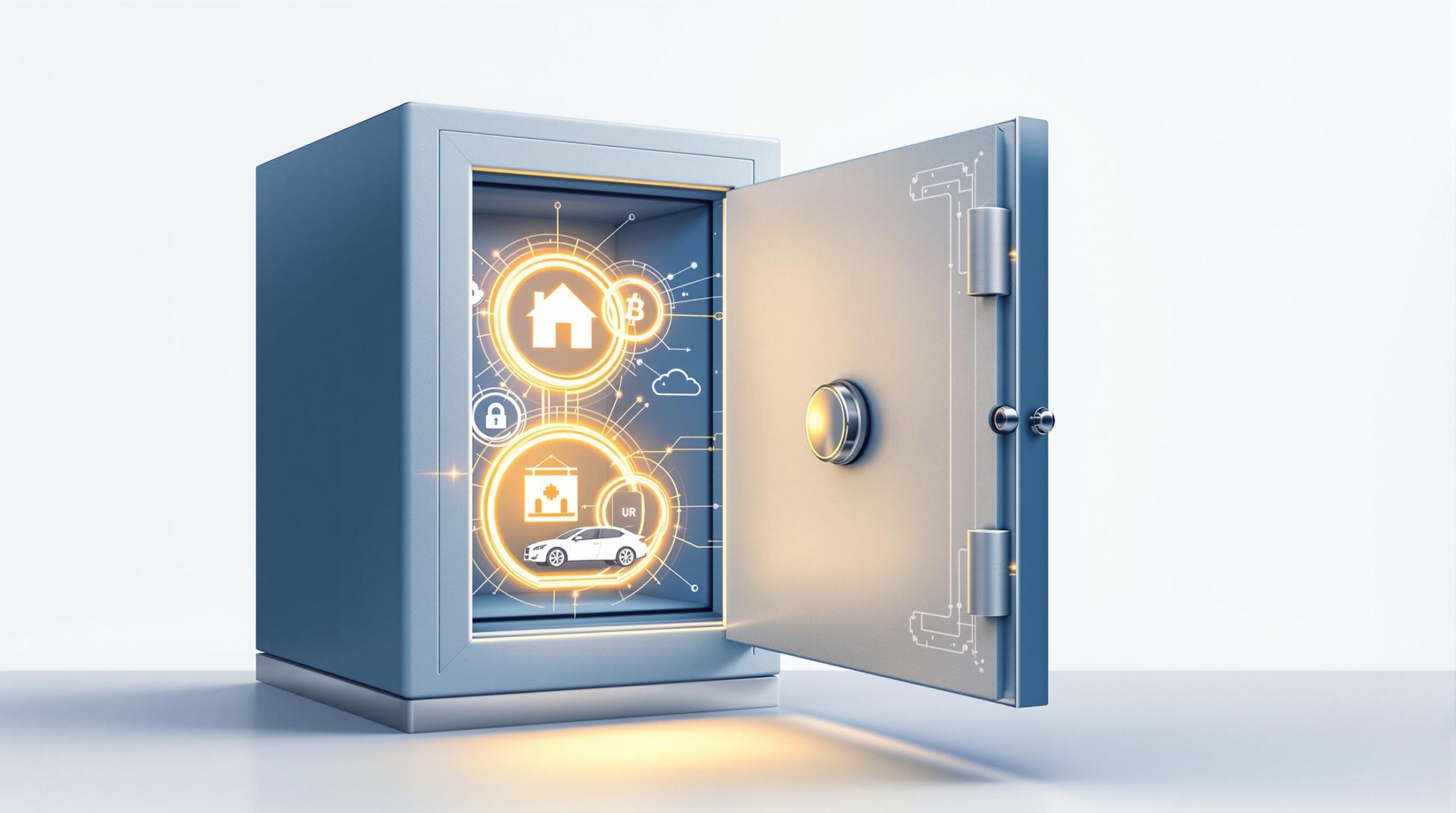
What legal considerations are involved in tokenizing real-world assets (RWA)?
Tokenizing real-world assets involves several legal considerations, including regulatory compliance, ownership rights, and security laws. Ensuring each token represents a legally binding interest in the asset is crucial to avoid potential legal issues. Due diligence and compliance with local and international laws are essential.
- Regulatory Compliance: Ensure tokens comply with securities regulations.
- Ownership Rights: Clearly define what ownership of a token entails.
- Security Laws: Adhere to laws regarding digital and physical asset security.
How does tokenization impact investor protection?
Tokenization enhances investor protection by utilizing blockchain’s transparency and immutable record-keeping. Investors gain access to secure, verified information about asset performance, reducing the risk of fraud and misrepresentation. However, it is vital for investors to understand blockchain’s functionality and basic regulatory frameworks.
How does blockchain provide transparency? Blockchain’s decentralized ledger records all transactions publicly, ensuring they cannot be altered without consensus, thus enhancing overall transparency and security.
What are the potential challenges in the tokenization of real-world assets (RWA)?
Tokenization of RWAs can present challenges such as technological barriers, cybersecurity risks, and legal ambiguities. It is critical to ensure that the underlying technology is robust and secure, and that regulatory guidelines are explicitly followed to mitigate these risks.
- Technological Barriers: Ensures systems are scalable and secure.
- Cybersecurity Risks: Protect digital tokens and infrastructures.
- Legal Ambiguities: Keep up-to-date with evolving regulations.
What role does tokenization play in financial inclusion and economic empowerment?
Tokenization plays a significant role in financial inclusion by lowering barriers to entry for investing in high-value assets. It empowers regions with limited access to traditional markets, such as Africa, by leveraging digital assets to bridge economic gaps and foster economic empowerment and growth.
- Lowering Barriers: Allows small-scale investors to participate in large asset markets.
- Bridging Economic Gaps: Provides inclusive access to investment opportunities.
- Empowering Growth: Drives economic empowerment in underrepresented regions.
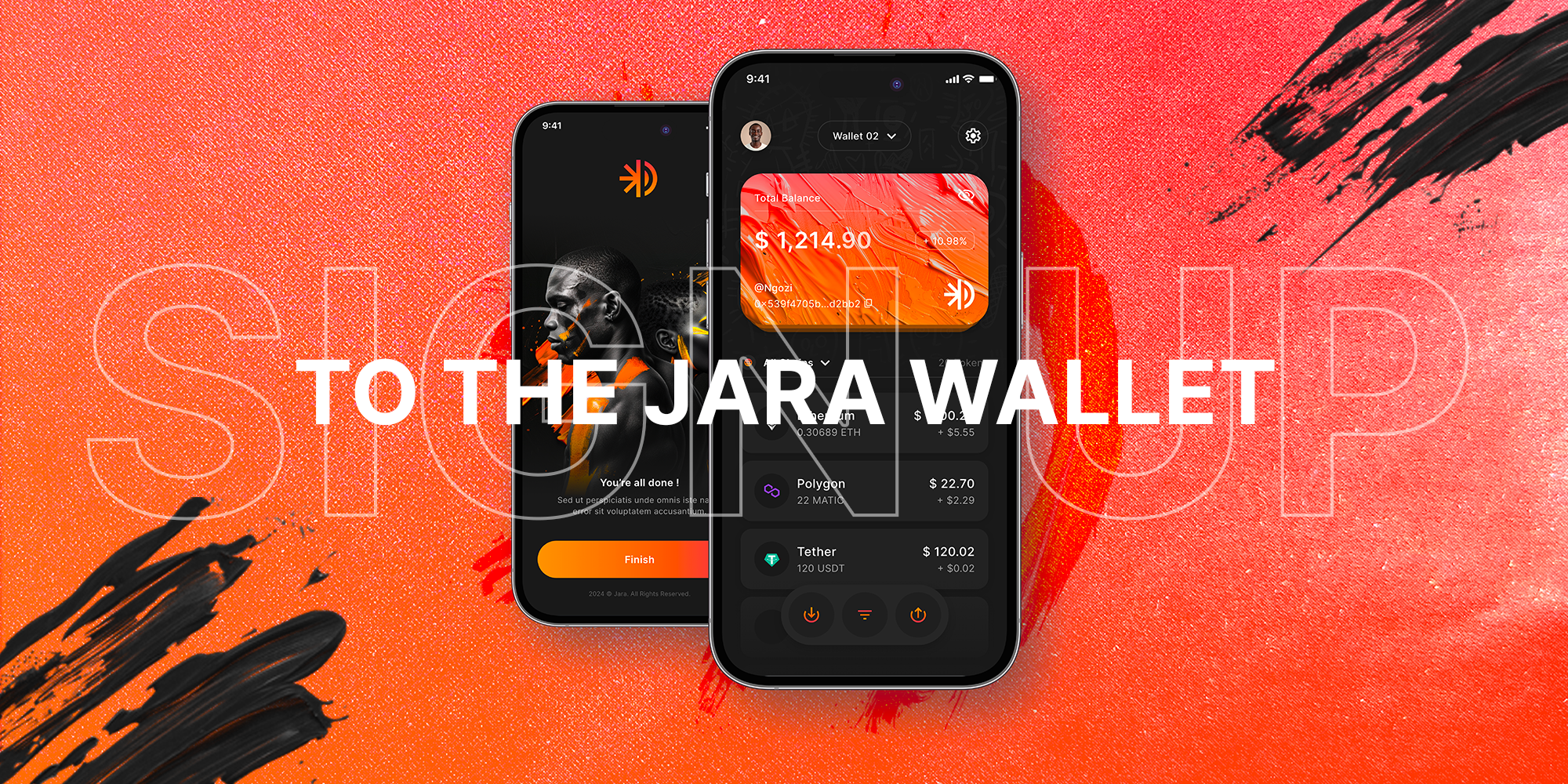
Similar Pages for Further Exploration
Explore more about tokenization and Real-World Assets (RWA) through these informative articles:
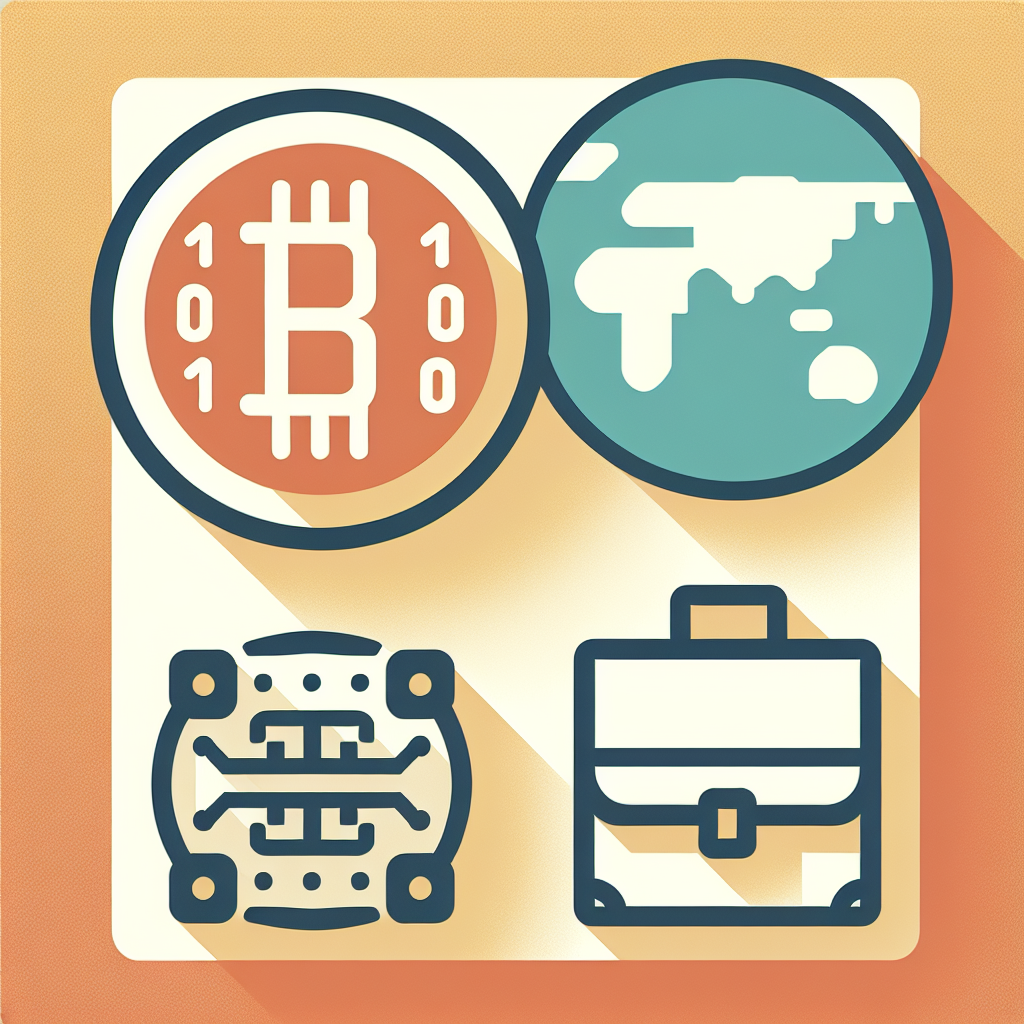
Unlocking the Power of Tokenization with Jara
Embrace the future of real-world assets with Jara, where innovation and trust converge to revolutionize tokenization.
Have you ever imagined transforming real-world assets into digital tokens that provide unmatched liquidity and transparency? With Jara, you can be at the forefront of this financial evolution. As pioneers in tokenizing real-world assets (RWA), we’re all about bridging global capital with African assets, and we’re calling you to join the revolution.
Understanding Personal Injury Law
Personal injury law is a crucial aspect of the legal system, designed to protect individuals who have been harmed through no fault of their own. This guide will help you understand the nuances of personal injury claims.
What is Personal Injury Law?
Personal injury law encompasses legal remedies and defenses involved in civil lawsuits brought as a result of wrongful conduct. It involves cases where a person suffers harm from an accident or injury, and someone else might be legally responsible.
Understanding your rights under personal injury law can be your first step towards securing the compensation you deserve.
Types of Personal Injury Claims
- Car Accidents: These are one of the most common types of personal injury claims. Studies show that millions of people suffer from injuries related to car accidents every year.
- Medical Malpractice: When healthcare professionals deviate from applicable standards, resulting in harm, it might warrant a medical malpractice claim.
- Slip and Fall Accidents: These occur when someone falls due to unsafe conditions on someone else’s property.
- Product Liability: Manufacturers, distributors, suppliers, or retailers can be held accountable for unsafe products.
Important Elements of a Personal Injury Case
| Element | Description |
|---|---|
| Duty of Care | The defendant had a legal duty to act in a certain way towards the plaintiff. |
| Breach of Duty | The defendant breached this duty through actions or failure to act. |
| Causation | The breach directly caused the injury experienced. |
| Damages | The plaintiff need to prove they suffered actual harm or loss. |
Steps to Take After an Injury
- Seek Medical Attention: Prioritize your health by getting necessary medical care immediately after an injury.
- Document the Incident: Capture details of the accident, including photos, witness information, and notes of what transpired.
- Consult a Personal Injury Lawyer: A lawyer can provide guidance, ensuring you take the right steps in pursuing a claim.
FAQs About Personal Injury Claims
Having a trusted attorney by your side can assist in navigating the complexities of your specific case, maximizing your potential for a favorable outcome.
- How long do I have to file a claim? This varies by state, but generally, it’s within two to three years from the date of the injury.
- What if I am partially at fault? Depending on the state, you might still be able to recover damages, though it may be reduced proportionally.
